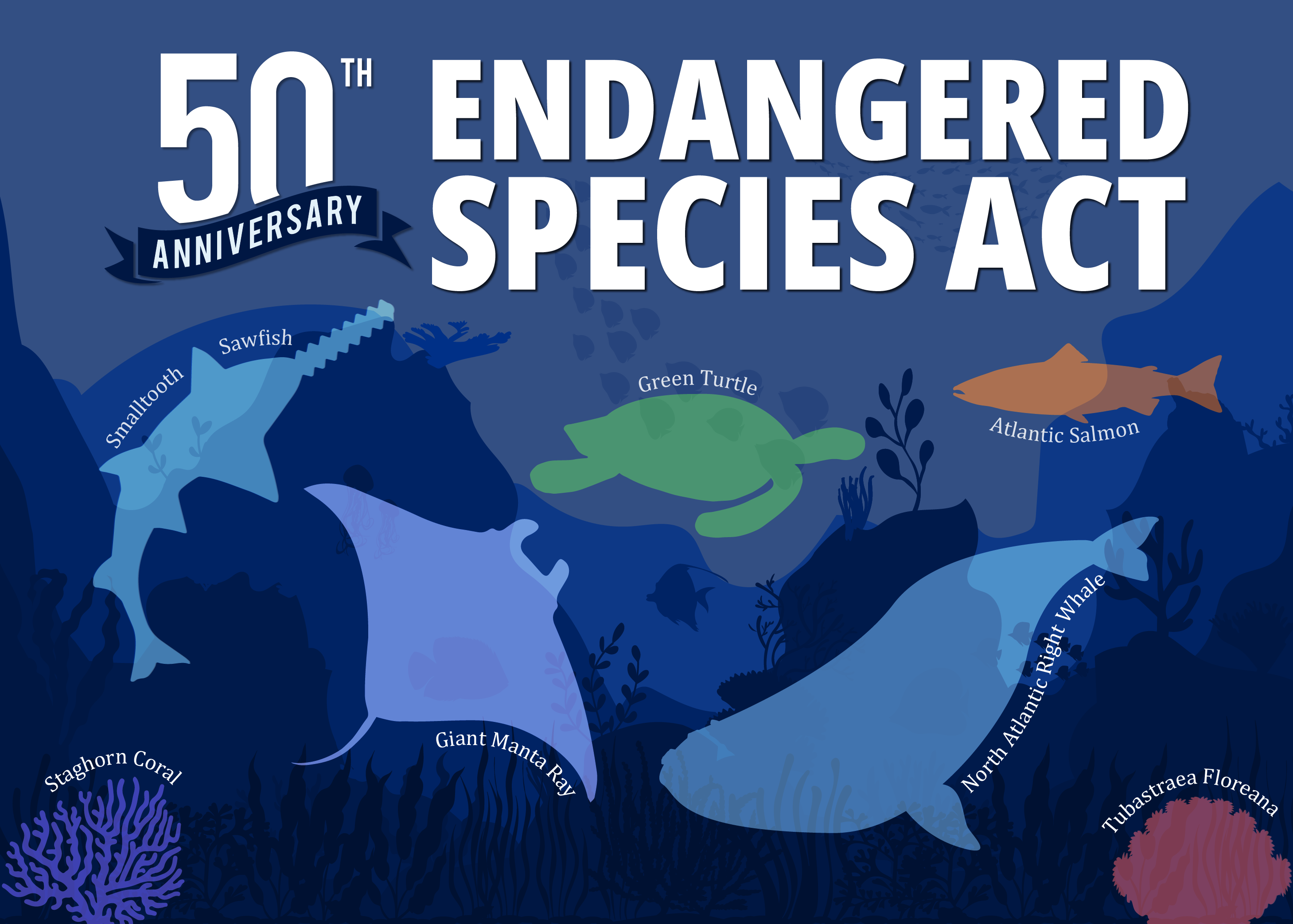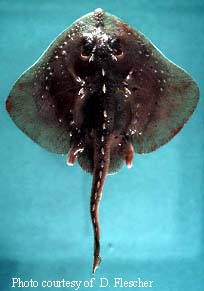Though the fisheries news cycle has mostly been taken up by the 15-year anniversary of the Sea Around Us project (and some choice words between researchers), today also marked the official announcement of the 12-month finding on the petition to list dusky sharks on the U.S. Endangered Species Act. Long story short, the National Marine Fisheries Service has decided that the dusky shark population in the Northwest Atlantic doesn’t need ESA protection to avoid extinction. While it may be tempting to decry NMFS’ decision as falling short for a species that has long been a prime example of declining shark populations, what it actually means is that things are looking up for the dusky shark. Finding that out only takes a little reading into the decision documents.
Read More “No Endangered Listing for Dusky Sharks (and That’s a Good Thing)” »




